Continuing the 6th Session, on the afternoon of November 27, the National Assembly voted to pass the Law on Water Resources (amended). With 468 delegates participating in the vote in favor (accounting for 94.74%), the National Assembly officially passed the Law on Water Resources (amended).
Previously, presenting a Summary Report on explanation, acceptance and revision of the draft Law, Chairman of the National Assembly's Committee on Science, Technology and Environment Le Quang Huy said that on October 26, the National Assembly discussed and gave opinions in the hall on the draft Law on Water Resources (amended).
Immediately after the meeting, the National Assembly Standing Committee (NASC) directed relevant agencies to study, absorb, and revise the draft Law.
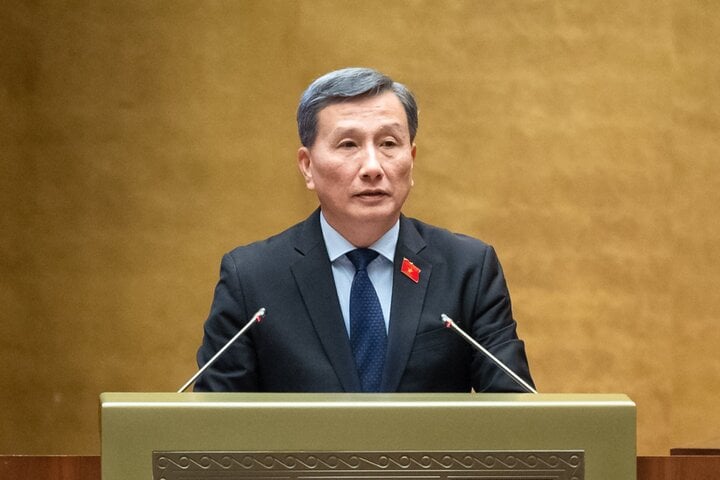
Chairman of the National Assembly's Committee on Science, Technology and Environment Le Quang Huy presented a summary report explaining, accepting and revising the draft Law on Water Resources (amended). (Photo: Quochoi.vn).
On November 14, the Standing Committee of the National Assembly gave its opinions on the acceptance and revision of the draft Law to be submitted to the National Assembly for consideration and approval at the 6th Session. On November 25, the Standing Committee of the National Assembly issued Report No. 699 explaining, accepting and revising the draft Law on Water Resources (amended) to the National Assembly deputies.
Regarding water resources protection and water source restoration (Chapter III), Mr. Le Quang Huy said that, taking into account the opinions of National Assembly deputies, the draft Law has been revised in the direction of management according to technical standards and regulations for technical regulations such as: prevention and control of seawater pollution in Article 33.
Exploitation of water resources for domestic use in Article 43; collection and treatment of used water in industrial production, mineral exploitation and processing in Article 47; prevention and control of saltwater intrusion in Article 64; prevention and control of land subsidence in Article 65; prevention and control of landslides on river and lake banks and beaches in Article 66.
Regarding the opinion of delegates requesting to clearly define the legal basis for determining the minimum flow, the Standing Committee of the National Assembly stated that the regulation of minimum flow in the draft Law is inherited from the 2012 Law on Water Resources, Resolution No. 62 dated November 27, 2013 of the National Assembly on strengthening the management of planning, investment in construction, operation and exploitation of hydropower works and has been implemented stably for many years. Therefore, there is sufficient legal and practical basis for the regulation of minimum flow.
Chairman of the National Assembly's Committee on Science, Technology and Environment Le Quang Huy affirmed that, taking into account the opinions of National Assembly deputies, the draft Law has been reviewed, supplemented and adjusted to regulate the priority of investment in searching, exploring, exploiting water resources and storing water.
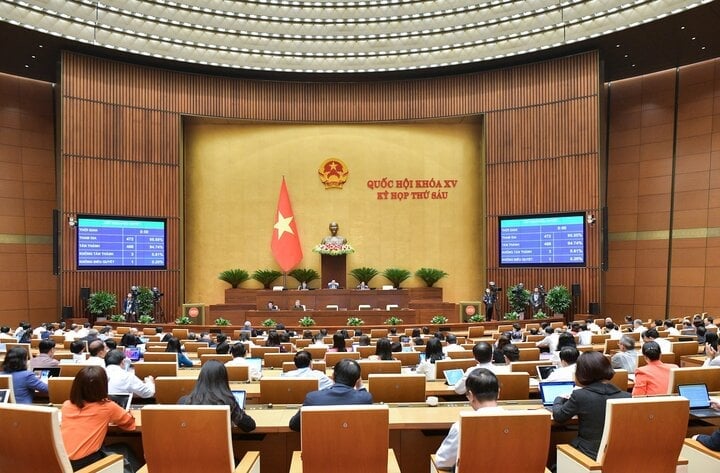
Delegates voted to pass the Law on Water Resources (amended) on the afternoon of November 27. (Photo: Quochoi.vn).
There are preferential policies for investment projects in exploiting water for daily life and production for people in areas with freshwater scarcity, ethnic minority areas, mountainous areas, border areas, and islands (Clause 2, Article 4).
Encourage organizations and individuals to research solutions and implement artificial groundwater replenishment (Clause 1, Article 39), and at the same time assign the Minister of Natural Resources and Environment to specify the artificial groundwater replenishment (Clause 3, Article 39).
Receiving and explaining regulations on declaration, registration, and licensing of water resources (Section 3, Chapter IV), receiving opinions of National Assembly deputies, Clause 5, Article 53 of the draft Law assigned the Government to specify in detail the procedures for declaration, registration, and licensing of exploration, exploitation, and use of water resources.
At the same time, regulations on transitioning the completion of registration procedures and licensing of water resource exploitation for irrigation works are no later than June 30, 2027, as stipulated in Clause 6, Article 86 of the draft Law.
Regarding the economical and efficient use of water (Section 4, Chapter IV), there are opinions suggesting that it is necessary to determine the proportion of water that must be circulated and reused for each specific project to enhance the responsibility of the project owner when choosing to apply advanced technology in production and wastewater treatment. The Standing Committee of the National Assembly noted that, in order to be consistent with the socio-economic development conditions of Vietnam, Article 59 of the draft Law stipulates the use of circulated water and water reuse at 3 levels.
Clause 4, Article 59 of the draft Law stipulates that the provincial People's Committee shall have a plan and roadmap to stipulate types of projects that must have water reuse plans for areas that frequently experience droughts and water shortages, and forms of incentives according to the provisions of law. Accordingly, the provincial People's Committee shall consider and decide on the proportion of water that must be circulated and reused for each project. Therefore, the drafting agency would like to keep it as in the draft Law...
In addition to the above issues, the Standing Committee of the National Assembly has directed the Agency in charge of appraisal, the Agency in charge of drafting and relevant agencies to review, absorb, revise and perfect the style and technical documents of the draft Law.
After receiving and revising, the draft Law on Water Resources (amended) consists of 10 Chapters, 86 Articles, adding 7 Articles, removing 4 Articles, and increasing 3 Articles compared to the draft Law submitted by the Government to the National Assembly.
PHAM DUY
Source








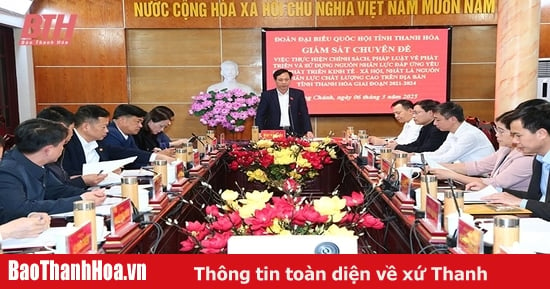

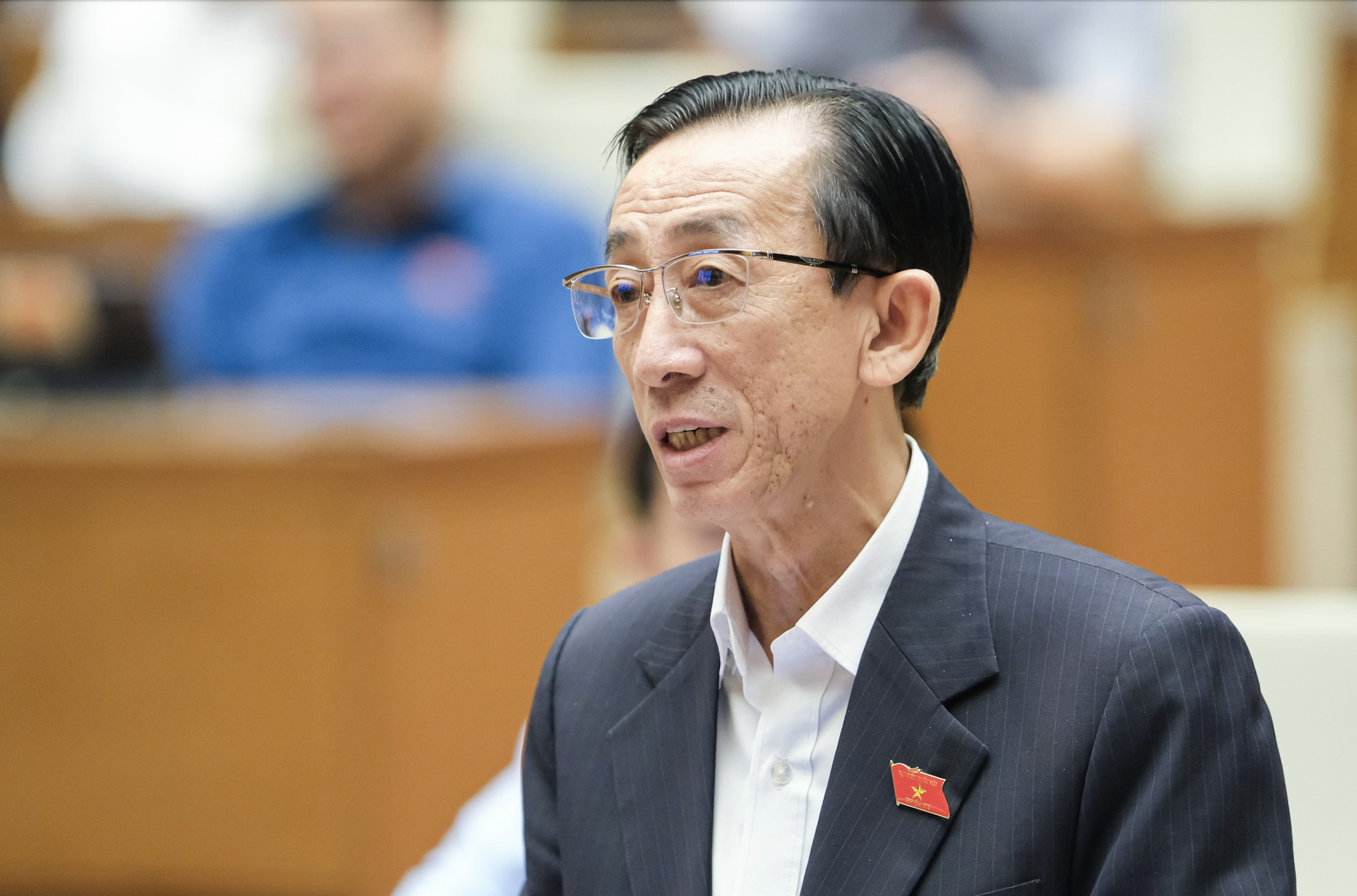
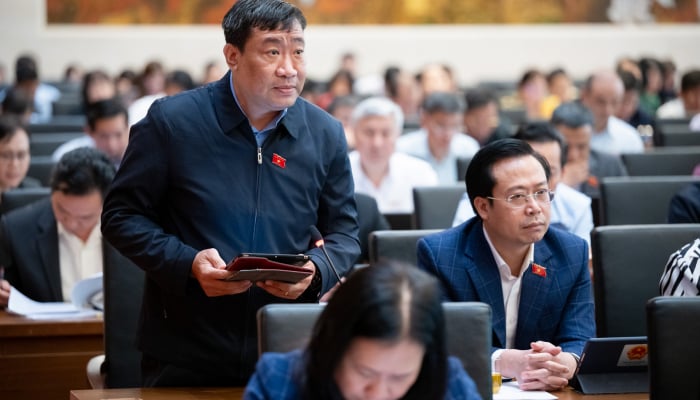

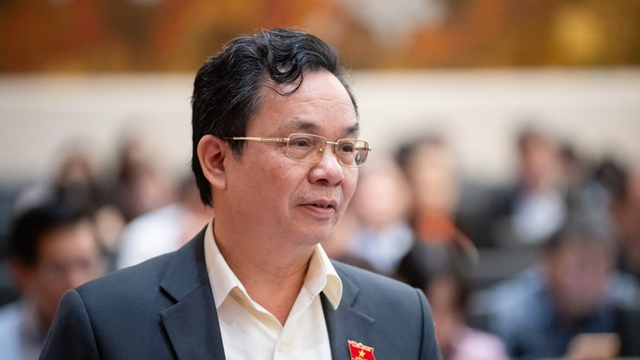

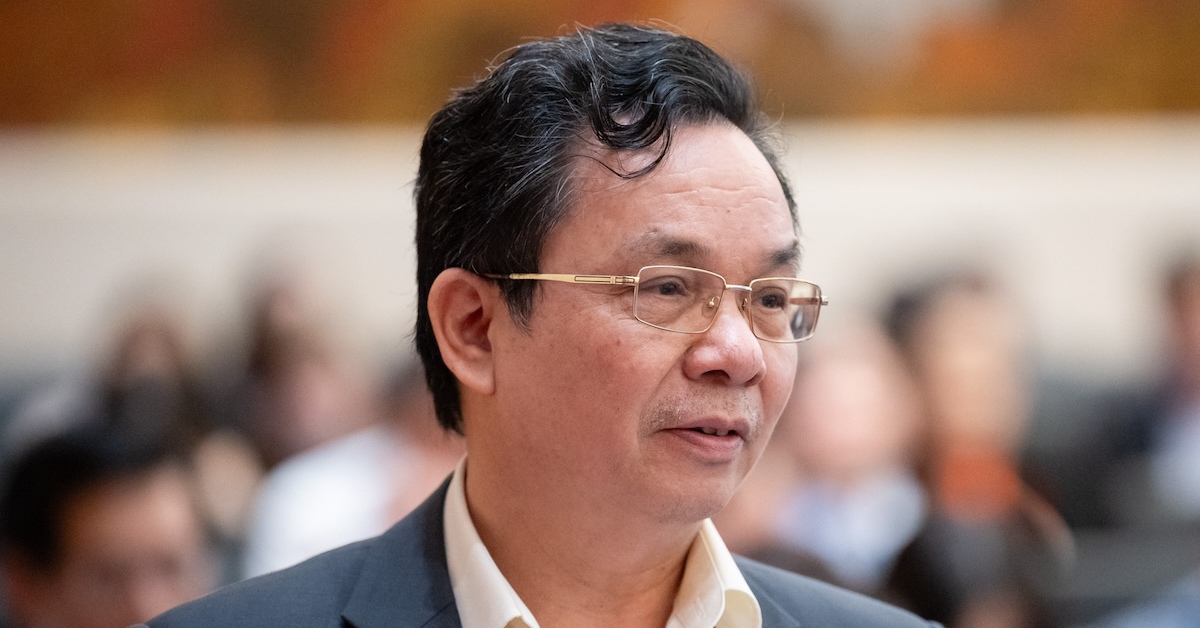

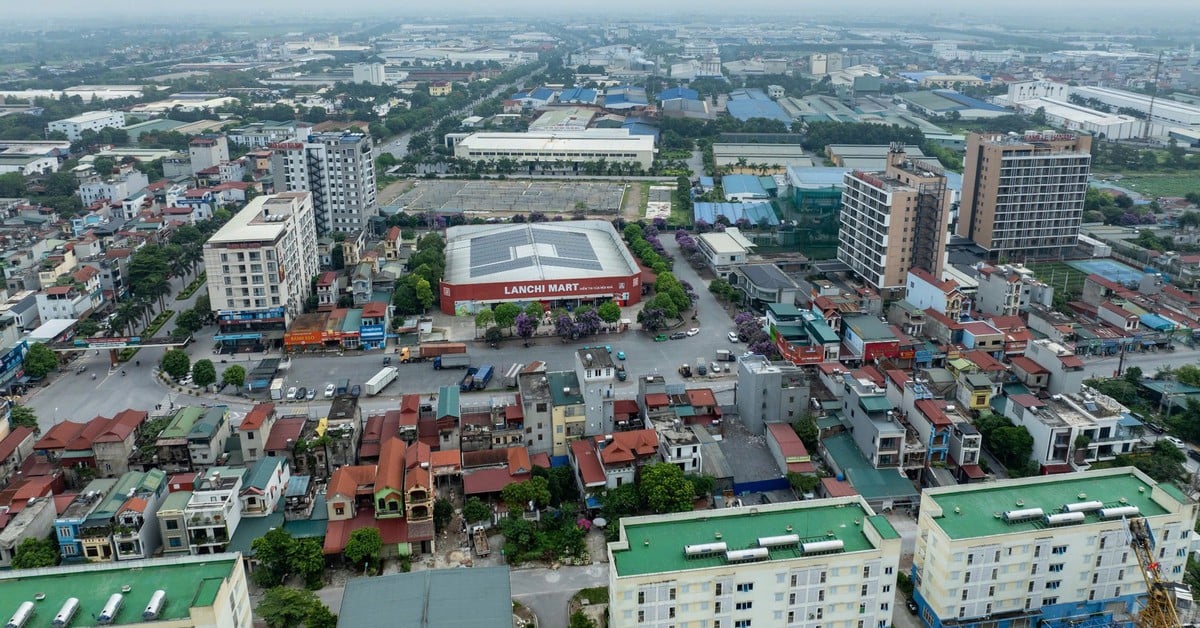
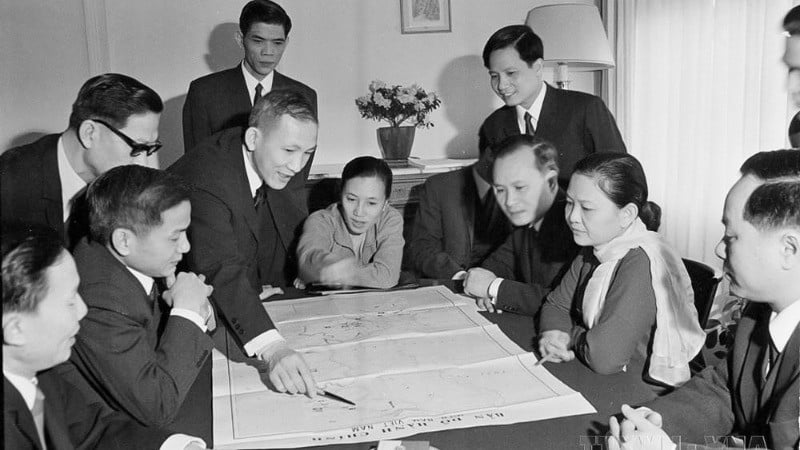
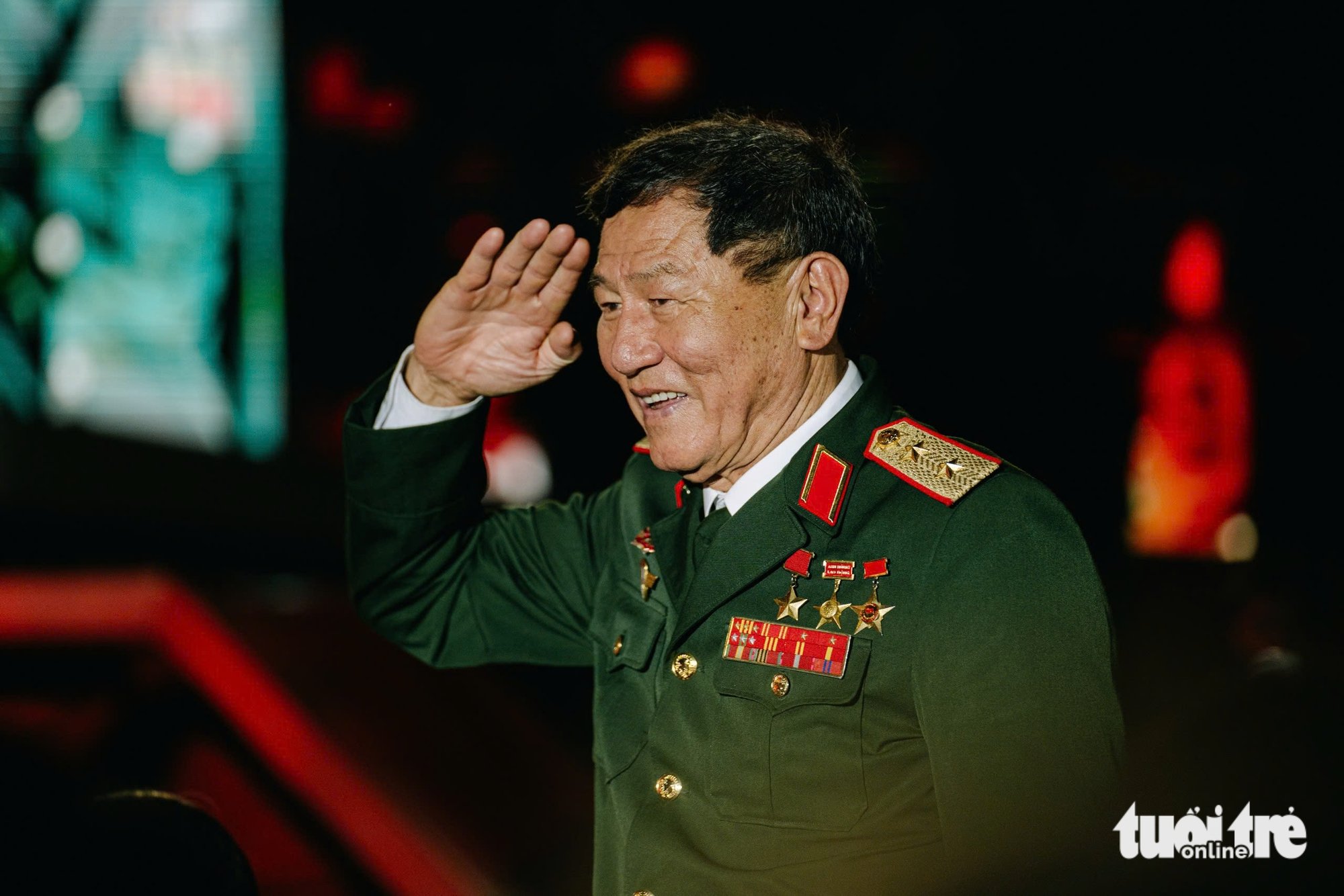


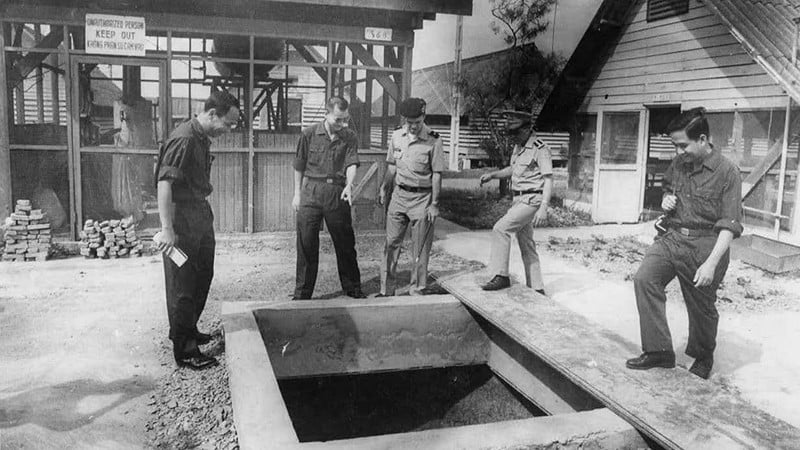
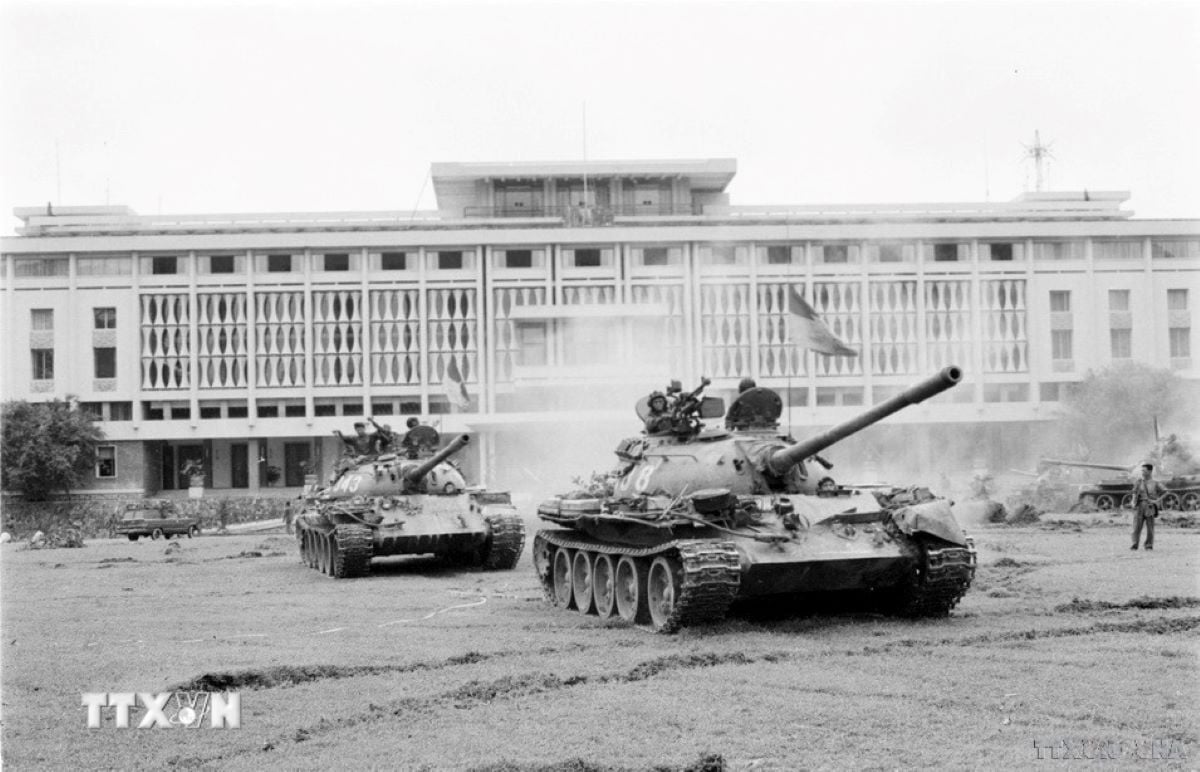


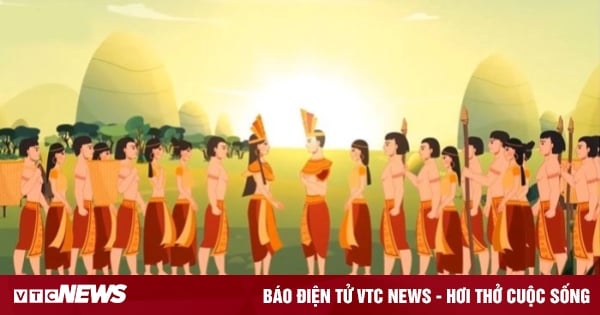


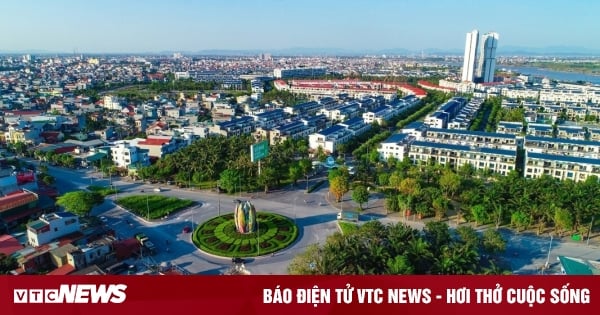


![[Photo] "Beauties" participate in the parade rehearsal at Bien Hoa airport](https://vstatic.vietnam.vn/vietnam/resource/IMAGE/2025/4/11/155502af3384431e918de0e2e585d13a)







































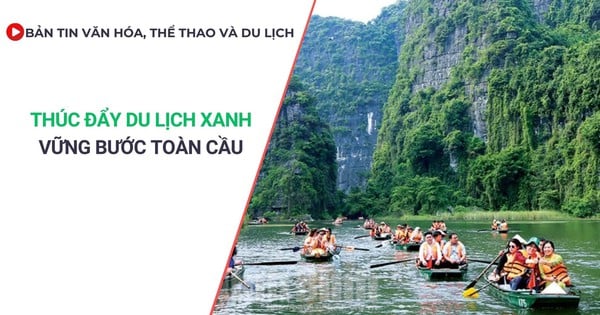





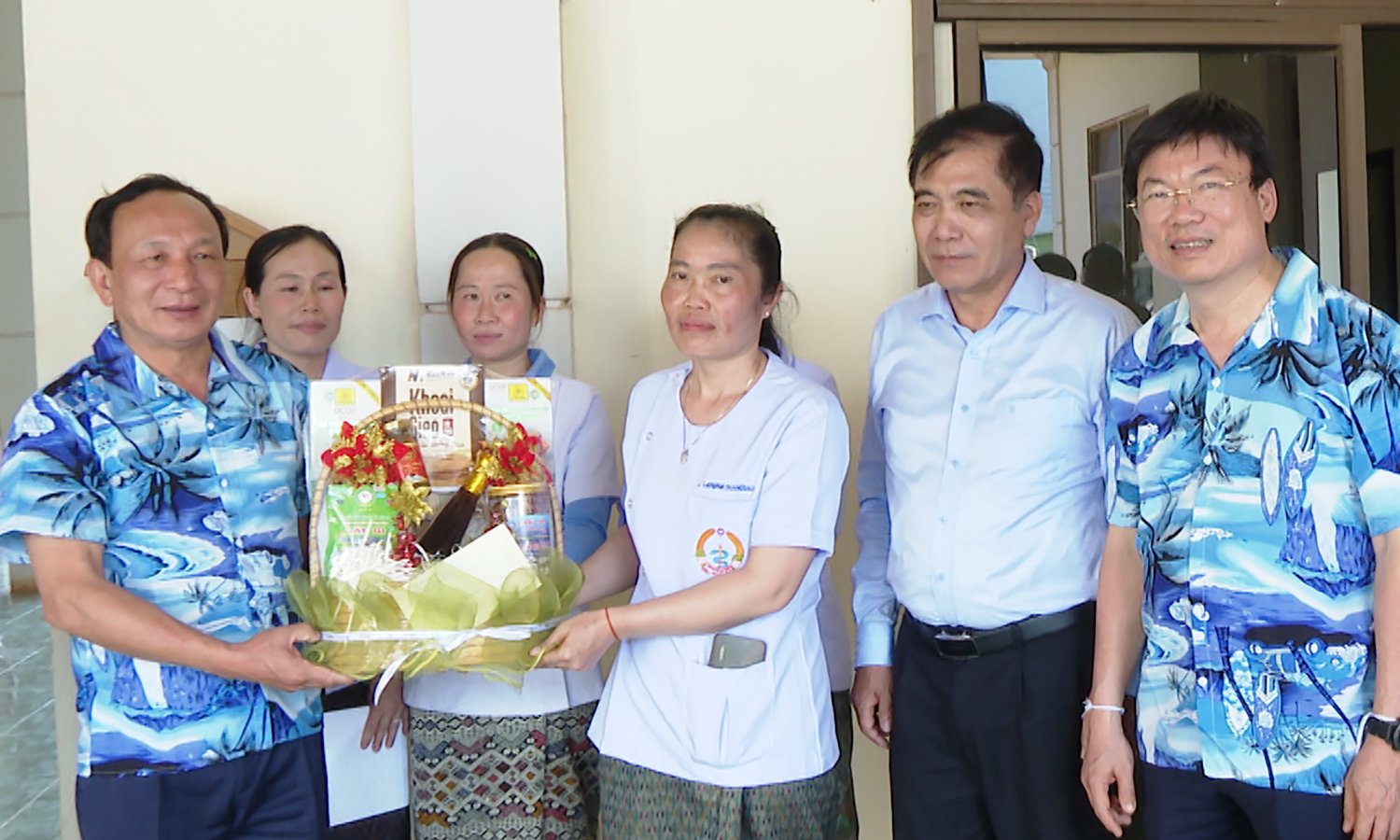
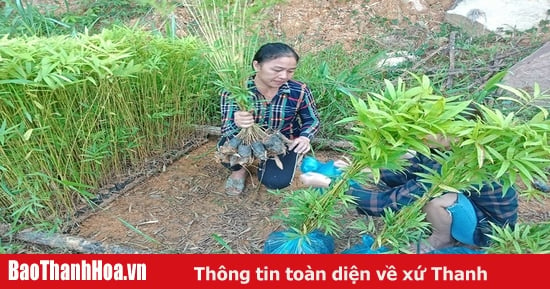
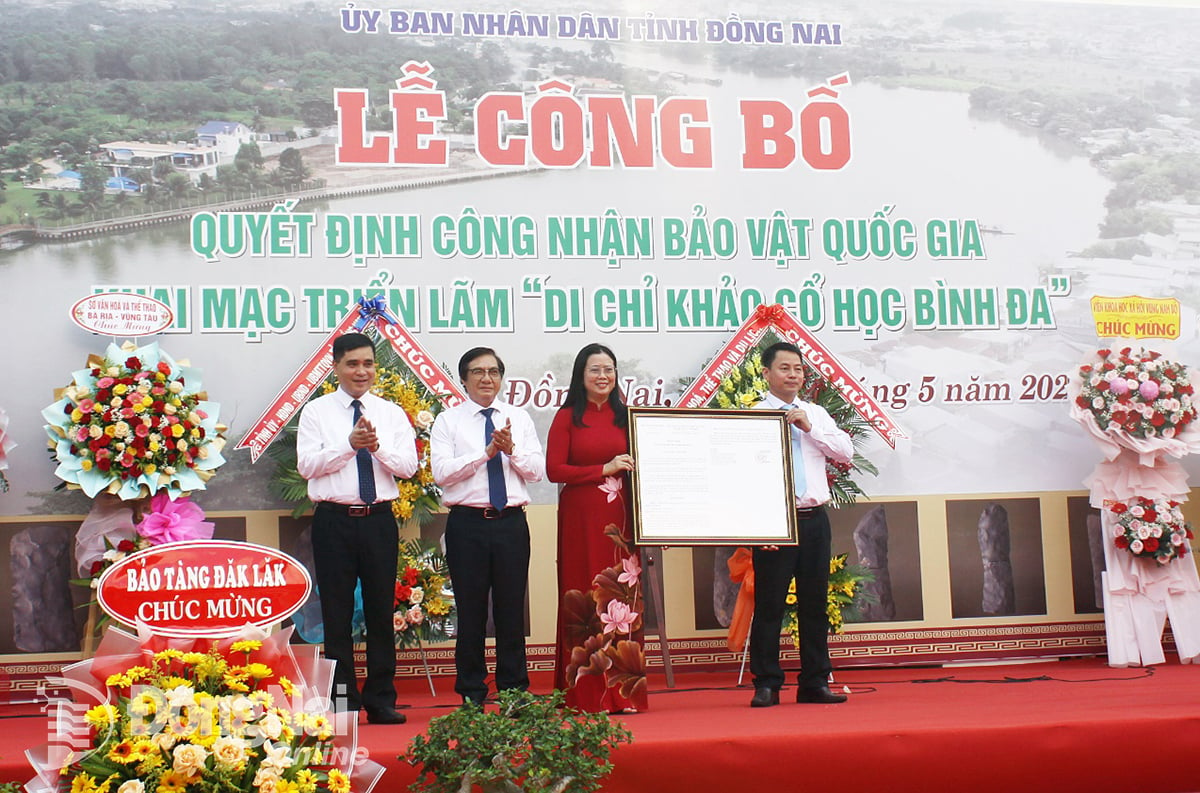



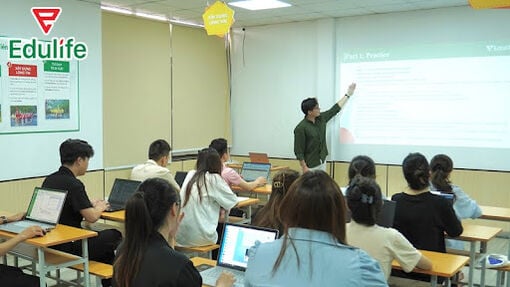












Comment (0)